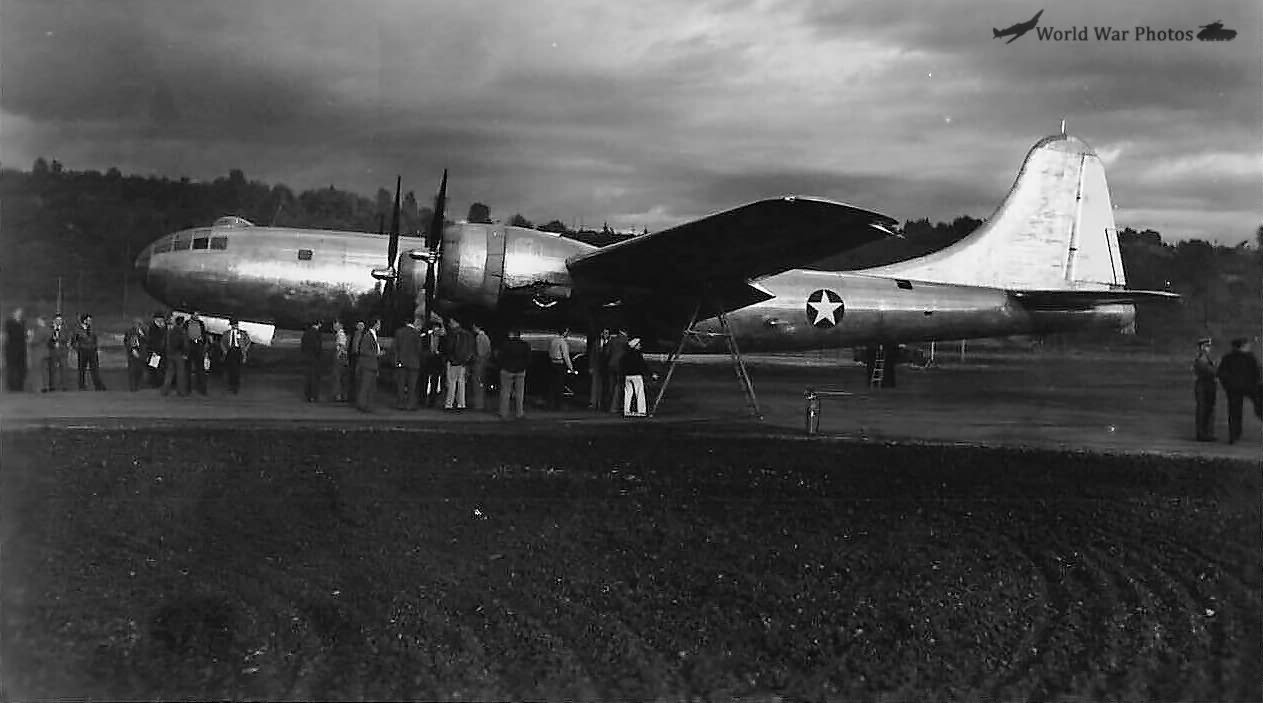The first flight of the XB-29 Superfortress 41-003 took place on 28 December 1942. On 30 December 1942, the second XB-29 prototype experienced yet another serious engine fire during a test flight. This incident forced the suspension of further tests until the engines could be replaced. The engines from the first XB-29 (No. 1) were removed and installed in No. 2 for continued testing. Unfortunately, these early engines continued to cause severe problems.
On 18 February 1943, the second XB-29 took off once again, but just eight minutes into the flight, another inextinguishable engine fire broke out. The fire caused immediate concern, and test pilot Eddie Allen attempted to make an emergency landing at Boeing Field. Tragically, the fire burned through the main wing spars, causing the wing to buckle. As a result, the burning XB-29 lost control and crashed into the Frye Meat Packing Plant near Boeing Field.
The crash killed everyone aboard the aircraft, including Eddie Allen, and claimed the lives of approximately twenty workers on the ground.
Aftermath:
The tragic loss of Eddie Allen and the continued problems with the B-29 program caused serious concern at the highest levels of the U.S. government. President Franklin D. Roosevelt, already frustrated by the delays in the development and production of the Superfortress, was especially impacted by this incident. He wanted the B-29 bombers deployed to India by the end of 1943 to initiate bombing campaigns against Japan as part of the Allied war effort in the Pacific.
The crash also caught the attention of Senator Harry Truman’s Special Committee to Investigate the National Defense Program, which had been established to investigate potential fraud and violations in defense contracting. The committee concluded that Wright Aeronautical Company, the manufacturer of the R-3350 engines, had delivered substandard or defective engines that contributed to the accidents. Additionally, the USAAF was found to share responsibility due to the pressure they exerted on Wright to speed up engine production and delivery.
The fallout from this investigation led to changes in how the B-29 program was managed and prompted urgent efforts to address the engine problems. Despite the challenges, the B-29 would go on to become a crucial aircraft in the war against Japan, but the road to success was marked by tragedies such as this one.
